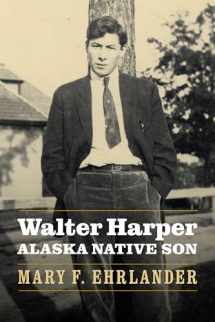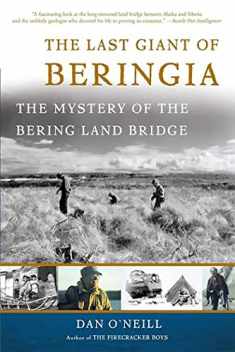
Walter Harper, Alaska Native Son
Book details
Summary
Description
2018 Alaskana Award from the Alaska Library Association
2018 Alaska Historical Society James H. Drucker Alaska Historian of the Year Award
Walter Harper, Alaska Native Son illuminates the life of the remarkable Irish-Athabascan man who was the first person to summit Mount Denali, North America’s tallest mountain. Born in 1893, Walter Harper was the youngest child of Jenny Albert and the legendary gold prospector Arthur Harper. His parents separated shortly after his birth, and his mother raised Walter in the Athabascan tradition, speaking her Koyukon-Athabascan language. When Walter was seventeen years old, Episcopal archdeacon Hudson Stuck hired the skilled and charismatic youth as his riverboat pilot and winter trail guide. During the following years, as the two traveled among Interior Alaska’s Episcopal missions, they developed a father-son-like bond and summited Denali together in 1913.
Walter’s strong Athabascan identity allowed him to remain grounded in his birth culture as his Western education expanded, and he became a leader and a bridge between Alaska Native peoples and Westerners in the Alaska territory. He planned to become a medical missionary in Interior Alaska, but his life was cut short at the age of twenty-five, in the Princess Sophia disaster of 1918 near Skagway, Alaska.
Harper exemplified resilience during an era when rapid socioeconomic and cultural change was wreaking havoc in Alaska Native villages. Today he stands equally as an exemplar of Athabascan manhood and healthy acculturation to Western lifeways whose life will resonate with today’s readers.


We would LOVE it if you could help us and other readers by reviewing the book
Book review





